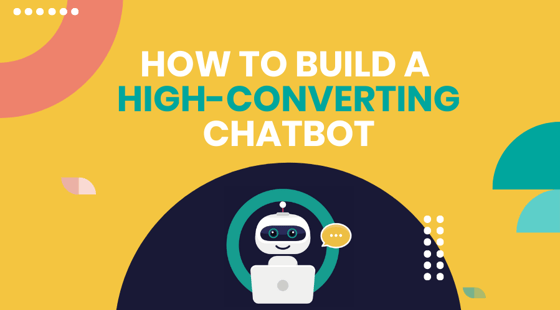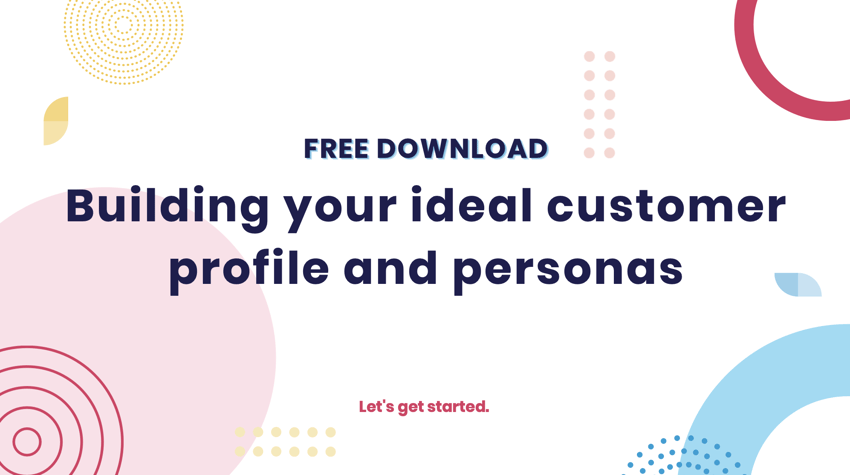






When it comes to B2B, there is one irrefutable rule. A sale doesn’t get made until a conversation happens.
Using chatbots on your website and getting your salespeople into conversations with buyers is a powerful and easy tool. You can use it as an extra to what you’re already doing with your marketing.
With conversational marketing, you remove the bottlenecks and hurdles that can get in the way of someone talking to your sales team. This creates a better customer experience, makes it easier for people to buy, and creates a faster path to revenue.
Why do Chatbots work?
In the same way we're attuned to open an SMS (yet ignore an email), chat is inherently part of our modern psyche. It forces us to take notice and has changed the psychology of our communication habits as a whole.
With chat, we've learnt to appreciate the speed, the conversation, and the ability to combine groups of people into one conversation. As a marketer or salesperson, one-to-one or even in a one-to-few relationship has always been sustainable.
But what happens when you start widening your scope of influence? Is it still scalable? That’s where chatbots come into play.
How to create high-converting chatbots:
A high-converting chatbot will do more than just sit on your website pages. They will engage with your customer at a personal level.
When building a chatbot strategy, the key to success is building a chatbot that has personality. Your audience must feel comfortable interacting with the chatbot, but also retain value immediately.
The key to success is adopting best practices by:
1. Learning about your audience
Identify your audience’s traits such as where they spend their time online, how they like to interact with brands, the language they use to communicate with people and much more besides. The better a grip you have on your audience and its trends, the more receptive and interactive they’re likely to be with your chatbot strategy.
2. Discovering their pain points
Chatbots can be a great way to relieve pressure on your team by solving simple problems your customers are facing. Talk to them and conduct some research; use data to identify the common questions people are asking your team, and find out what they dislike about the industry in general with a view to providing solutions to their pain points.
3. Building your Persona(s)
Personas and Chatbots are symbiotic. A great chatbot can identify your persona quickly for the benefit of your sales team, but with a bit of smart planning, your persona can give the chatbot a lot of direction to nurture these contacts.
If you haven't created your, we've got a free template to help you get started.
3. Using copy that flows naturally
Some call it micro-copy. When scripting a chatbot (and therefore it’s an evolutionary process) you need to create simple conversations that flow. Don’t make interactions too ‘wordy’; they can frustrate people and turn them away from your brand. Don’t make responses too complicated; be simple, clear and personable with the solutions your chatbot is set to provide.
4. Including call-to-actions
Chatbots don’t just offer solutions to people. They can be a key part of the lead generation and nurturing process, especially if you nail the conversational aspect. Calls to action implemented at certain points of the conversation can help to increase traffic to key points on your site and help people along your sales funnel. You can introduce links, buttons and more such as contact CTAs through a chatbot.










